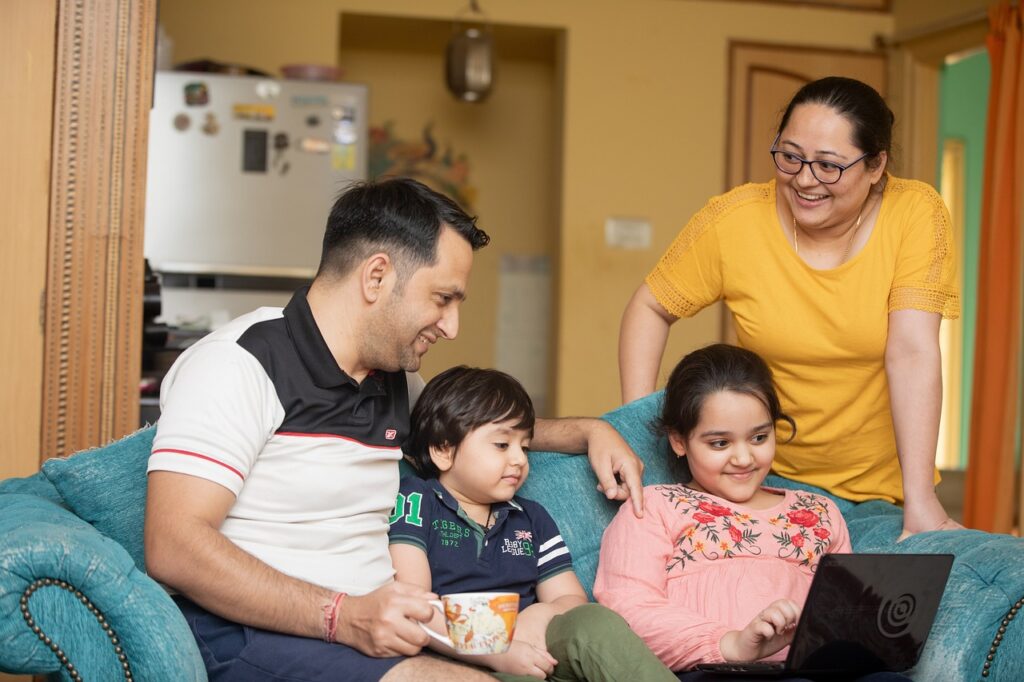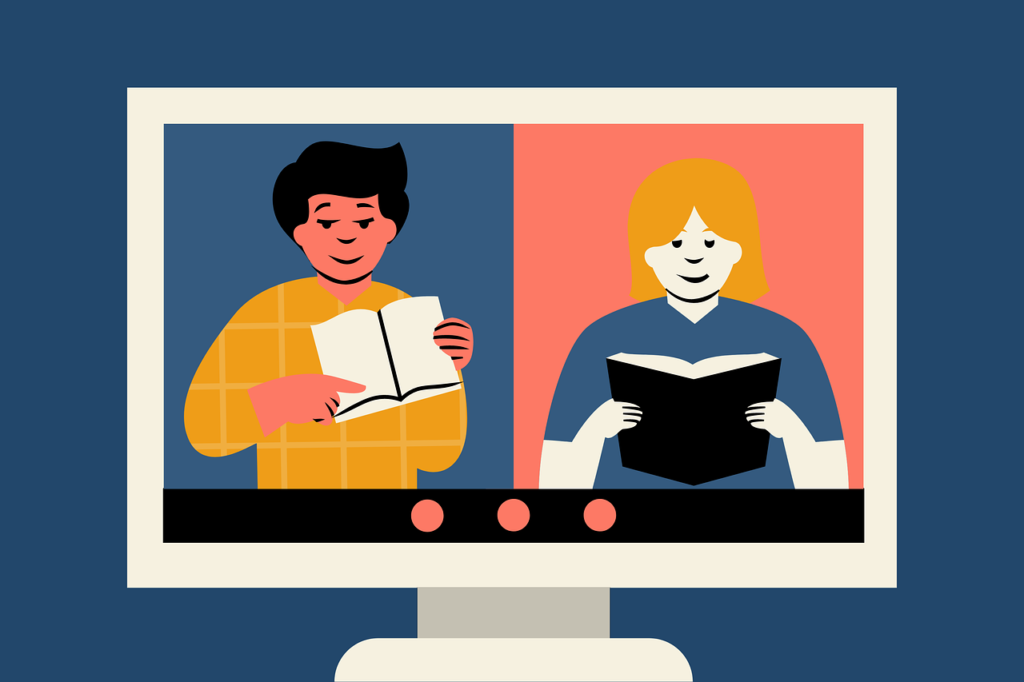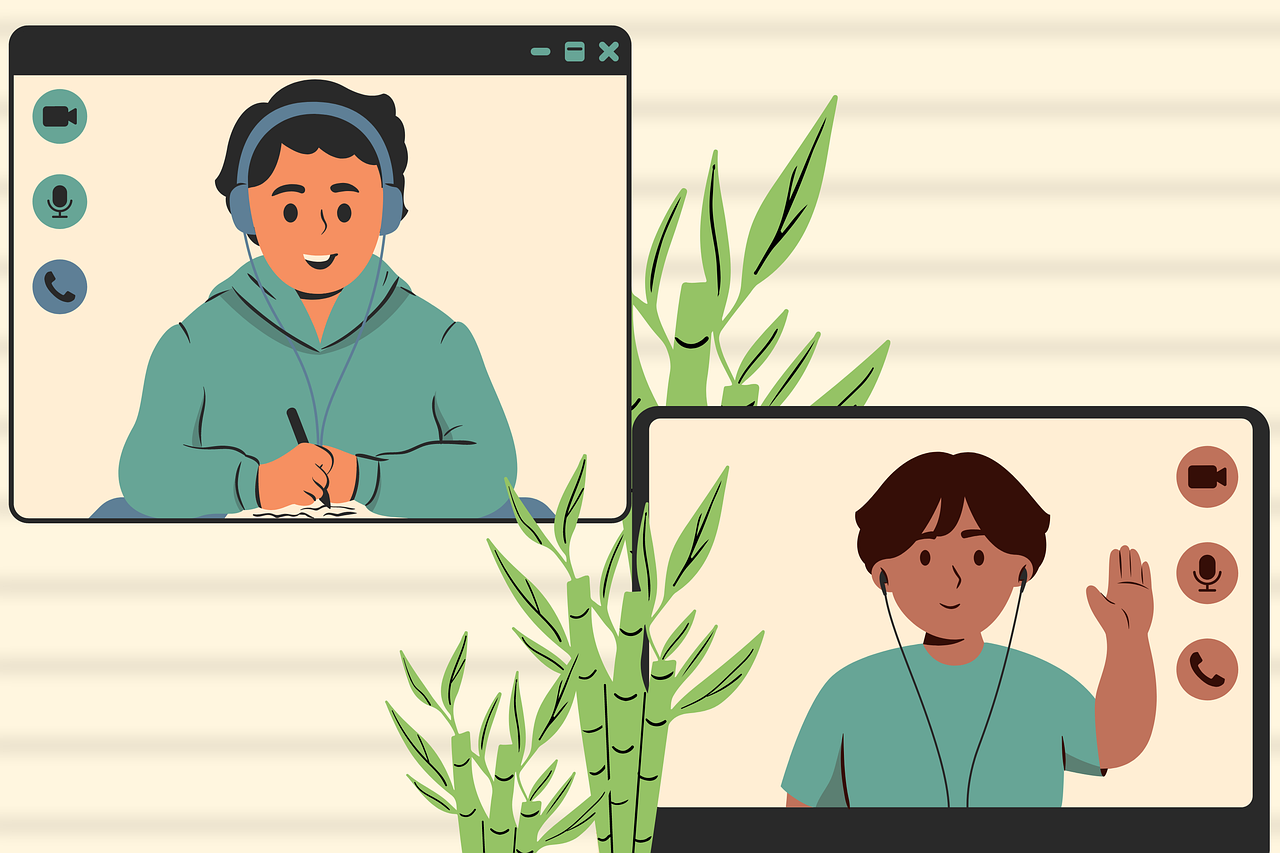Remote Learning NYC: In the past few years specifically the latter due to the COVID-19 pandemic, the education sector has undergone a radical transformation. This time, one wave of development is what is known as remote learning, especially in large city areas such as New York. This blog post will discuss what remote learning is, the merits and demerits of the model, the ways, it has been adopted in NYC, and whether it will be a future norm for education.
Understanding Remote Learning
Nowadays remote learning, or online and distance learning, is an educational process that does not take place in a traditional classroom. Due to the incorporation of technology, students can be able to learn new lessons, make contributions towards the specific discussions assigned to them, and even do their assignments all via the internet.

How Does Remote Learning Work?
Remote learning can take many forms, including:
- Synchronous Learning: This method includes live classes in which students and instructors communicate in real-time using video-conferencing means. Typically, the applications include Zoom, Google Meet, and Microsoft Teams among others.
- Asynchronous Learning: It affords Students their own time to view an assortment of recorded Lectures and course content. This is advantageous since they can do the work in their own free time especially those with other tasks to attend to.
- Blended Learning: This integrates face-to-face delivery mode with IT-supported delivery mode. Part of the courses may be delivered physically while others are offered remotely, at set time intervals.
In the context of remote learning in NYC, educational institutions have adopted various models to cater to diverse student needs and ensure that learning continues uninterrupted.
The Rise of Remote Learning NYC
Before diving deeper into the specifics of remote learning, it’s essential to understand why this model has gained traction in NYC.
The Impact of the Pandemic
The pandemic interrupted schools all over the world including schools in NYC and all were compelled to change. In March 2020, schools were shut down and teachers found themselves implementing distance learning within a week. This transition shed light on the opportunity and the complications of the online-based education system.
Technological Infrastructure
This is especially important today when the number of technologies implemented in New York City is high, and therefore, remote learning should not be a problem here. Making matters easier, the students had computers and internet access, which made the shift to online learning pretty easy.
Diverse Learning Environments
There is great diversity in people living in New York City; therefore; the educational needs of the population is different. Remote learning helped in organizing education better as it was adapted for students from different backgrounds.

Advantages of Remote Learning NYC
While remote learning comes with its set of challenges, it also offers several advantages:
1. Flexibility and Convenience
Among the advantages of remote learning in NYC, flexibility remains one of the key and most obvious advantages. This prepares students for credentialed online classes which can be done without having to travel long distances. This flexibility greatly enthuses this approach for it enables one to attend to his or her business and or family needs before proceeding to work.
2. Access to Resources
Remote learning usually grants one a wide opportunity to resource connection. Students can use digital libraries and educational applications to support their studies as well as, different platforms that are helpful for learning. This broad access can be especially helpful for students based in NYC since a broad range of educational options is options are available.
3. Customizable Learning Experiences
As such, remote learning allows the teacher to pick certain teaching models that can possibly help students. The shown personalization is needed to improve the educational process as a function of the learning modes and speed of people, making education more effective.
4. Safety and Health
Therefore, because of the negative effects it has on the students’ health, remote learning is safer than face-to-face teaching-learning activities during the pandemic. As of now, a student is able to go through her learning process without having to contract any disease.
Challenges of Remote Learning NYC
Despite its advantages, remote learning NYC is not without challenges:
1. Digital Divide
In return, the biggest problem of remote learning is the divide digital gap. Practical problem: all students do not have access to technological devices like personal computers or laptops or cannot have the stable internet connection necessary to participate fully in online classes. This is something that NYC has done something about, but this is something that is still a problem right now.
2. Engagement and Motivation
It can become quite the task to engage students especially when the learning or teaching process is done online. Some of the students may have a difficult time focusing with little supervision away from the confines of a classroom. To overcome learners’ nonchalance, teachers have to be more imaginative in how they deliver their lessons.
3. Limited Social Interaction
Online learning can make the students feel lonely most of the time. One gets to lack direct interaction with peers hence his or her development of poor interpersonal skills. Even in the current online academic environment, schools have been trying to create opportunities for school bonding.
4. Assessment Challenges
It is quite difficult to evaluate student performance in the context of a remote learning environment. Academic integrity during online examinations and assessments needs innovative approaches for effective implementation.

Implementing Remote Learning NYC
As NYC schools adopted remote learning, various strategies and technologies were employed to ensure its effectiveness:
1. Training for Educators
Teachers took online professional development workshops to be ready for online learning class instruction. It also provided teachers with the knowledge to make the necessary changes to the curriculum that will make their training fit into the online platform.
2. Use of Technology
Educational institutions in NYC have put in place different technology tools in order to enable online teaching and learning. Luckin (2017) notes that learning management systems (LMS) such as Google Classroom, Schoology, and Canvas have been adopted universally as tools for managing coursework and as platforms for communication with students.
3. Providing Resources
In an effort to ensure students are well-equipped to handle learning through the web, NYC has endeavored to equip students with the relevant tools. Those include giving out tablets and laptops or providing internet connection for families who do not have access to them.
4. Support Services
Because not many schools can afford to provide students with devices on which they can take classes remotely, most schools have provided support services for the learners and their families. This encompasses counseling, psychological services, tutoring, and student academic services.
The Future of Remote Learning NYC
As we look to the future, it’s clear that remote learning will continue to play a role in education, even as schools reopen.
Hybrid Learning Models
Many educational institutions are likely to adopt hybrid learning models that combine in-person and remote instruction. This flexibility can cater to different student needs and preferences.
Continued Innovation
This outbreak has brought transformations in the educational technology experience that has been gained during the pandemic. Schools will remain open to discovering new methods that are more effective for teaching learning.
Focus on Equity
Closing the digital gap will continue to be pursued. ‘Measures to provide technology and other resources required for remote learning to all students will be important in a bid to ensure that all students benefit from this type of learning.’
Lifelong Learning
The shift to remote learning has also opened doors for lifelong learning opportunities. Adults seeking to further their education or acquire new skills can benefit from the flexibility that online learning offers.
Tips for Success in Remote Learning NYC
Whether you’re a student or an educator, here are some tips to succeed in a remote learning environment:
For Students
- Create a Dedicated Learning Space: Further, reduce the number of distractions by creating a calm and well-structured environment in the learning process.
- Set a Routine: Consistency is key. Organize a timetable for each day of the week meaning time allocated to classes, time allocated to study as well as time allocated to breaks.
- Stay Engaged: This cannot be the kind of presentation that you listen to and go away; engage, ask questions, and share with other learners.
- Utilize Resources: Avail the tutorial, study materials, and forums that are available online.
For Educators
- Foster Engagement: It is advisable to engage the students with Interactivities during the lessons so that they do not get bored.
- Provide Support: Be willing and ready to respond to questions and, if necessary, supply further materials to learners experiencing difficulty.
- Encourage Collaboration: Help students to engage in group work or oral group activities so as to encourage socialization.
- Monitor Progress: This means that the student’s performance must be evaluated frequently and feedback given that will guide him or her.
Remote learning has become one of the ways of learning in New York City and all over the globe. Because this is the new normal, mastering all the factors that define remote learning in NYC will be crucial for learners, instructors, and the parents of students. Of course, there are still weaknesses, yet all the possibilities, and advantages of remote learning are great.
